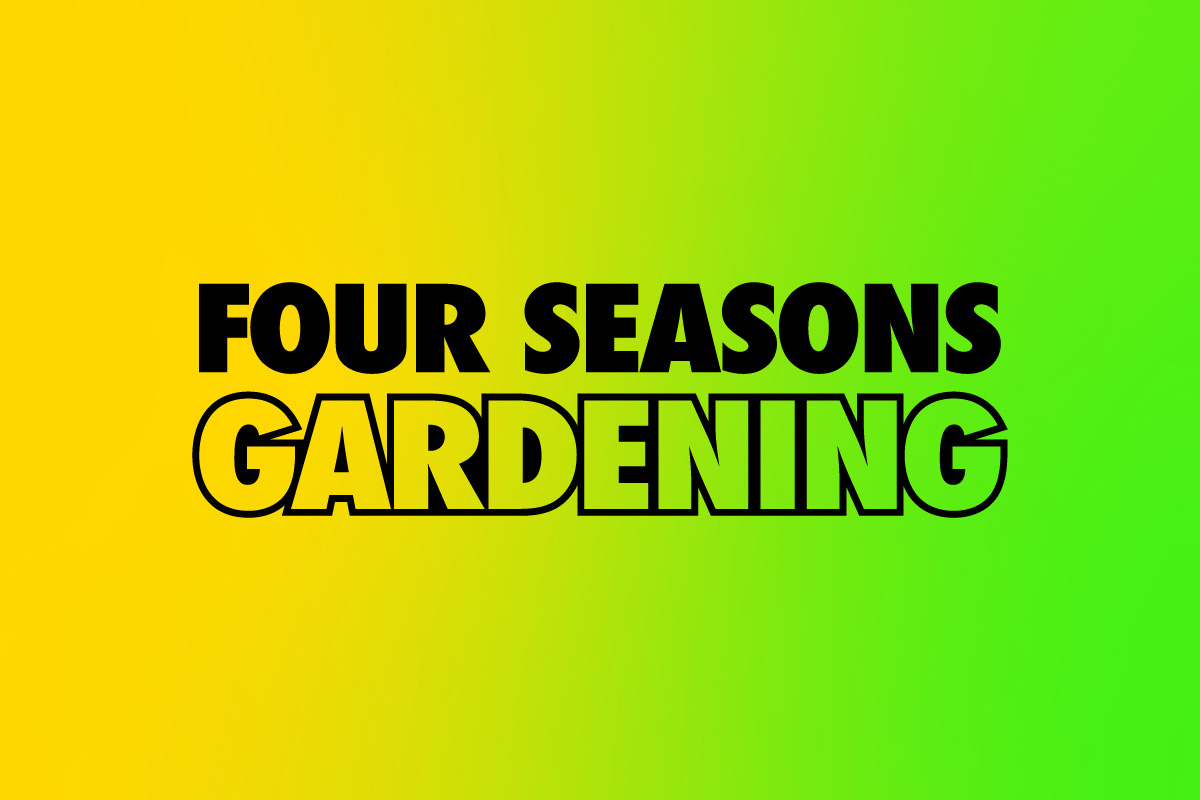Some plants need more attention than others. Many shrubs, for example, don’t need much care at all, and in fact thrive when ignored. Of course, this period of neglect only starts after the shrub is established—typically following two to three years of consistent watering.
These low-maintenance plants are perfect for putting color and texture in your garden, as well as adding privacy and creating a border. Here are a few that flourish even when neglected—recommended by experts.
Related: 12 Drought-Tolerant Shrubs That Thrive With Minimal Watering, According to Experts
Ninebark


Elena Goosen / GETTY IMAGES
Ninebark blooms in May and June, producing elegant white flowers that resemble spirea, a close relative. These blooms are also a pollinator favorite.
In terms of maintenance, ninebark is drought-tolerant once established and requires very little pruning and fertilization. But what experts like best is its year-round beauty.
“It has exfoliating bark—the layers are reddish to light brown—that’s more visible during the winter,” says Linda Langelo, horticulture specialist at Colorado State University. “It has red berries in the fall.”
Mary Phillips, head of native plant habitat strategy and certifications at the National Wildlife Federation, also notes that its foliage turns a lovely burgundy color in the fall. “It subtly provides beauty and interest in every season, proving that a resilient plant doesn’t need to shout to be captivating,” she adds.
Barberry


“Barberries are one of my go-to recommendations for gardeners in colder climates looking for low-maintenance shrubs,” says Sam Niemann, gardening expert and founder of Bleume, a plant food company. “They’re incredibly tough. I’ve seen them thriving in completely neglected gardens.”
Many varieties have beautiful, vivid leaves in the fall. Linda Vater, plant expert for Southern Living Plant Collection, notes that they’re disease-resistant, deer-resistant, and don’t require much water or pruning. “Their sturdy, dense habit makes them ideal for hedges and borders, creating structure with minimal effort,” she adds.
Privet


Privets “truly thrive on neglect,” says Niemann. “Once established, the ones in my garden receive virtually no maintenance,” he adds. “I’ve even transplanted mature privets, cutting off nearly 90 percent of the rootball in the process, and they’ve continued to thrive.”
One important note is that some species of privet are invasive, so be sure to only grow non-invasive, hybrid varieties. Niemann recommends Golden Ticket, which has beautiful color and a well-behaved growth habit.
Spirea


ТодоÑÑÑк ÐкаÑеÑина / GETTY IMAGES
Spirea is beloved for its beautiful blooms and is remarkably easy to care for. “It’s truly one of the easiest shrubs to grow, and is an excellent choice for gardeners who want to neglect a shrub after it’s established,” says Laura Irish-Hanson, horticulture educator at the University of Minnesota Extension.
There are many different types of spirea to choose from that can tolerate a wide range of climates and conditions. You can prune them if you’d like, but Irish-Hanson notes that it’s not necessary.
European Elderberry


Crispin la valiente / Getty Images
Elderberry has beautiful, fragrant white flowers and grows very quickly. Once established, it can essentially be left alone and tolerates a variety of growing conditions.
“I purchased one for my property a few years ago, and I love the contrast of the dark foliage and creamy white blossoms,” says Langelo. “It can be used as an accent piece or as a hedge plant.”
-
Zones: 3 to 12
-
Size: 6 to 12 feet tall
Related: 8 Native Plants You Can Eat, From Prickly Pears to Pawpaws
Buttonbush


“Buttonbush is perhaps my all-time favorite shrub,” says Irish-Hanson. These hardy plants can grow in wet or dry conditions and either full or partial sun. Butterflies and hummingbirds love their beautiful, fragrant blooms.
“Honestly, my favorite thing about buttonbush is that every year the globe-shaped flowers make me smile,” she adds. “They’re so unique and add whimsy to the garden.”
-
Zone: 5 to 11
-
Size: 6 to 12 feet tall
Boxwood


Havana1234 / GETTY IMAGES
Once boxwoods are established, they’re very low maintenance and don’t need much attention at all. “They’re always at the top of my list when it comes to favorite garden shrubs,” says Neimann.
However, it’s important to keep newly planted boxwoods watered, especially if you’re growing them in a dry climate.
False Indigo


Jacky Parker Photography / Getty Images
False indigo requires minimal care and is very drought-tolerant once established. It has distinct purple flower spikes and even adds nitrogen to the soil, enriching it for nearby plants.
“Throughout the early summer, I observed that false indigo was swarming with native bees and butterflies,” adds Philips. “I realized this wasn’t just a hardy plant—it was feeding a whole community of wildlife.”
Read the original article on Martha Stewart








